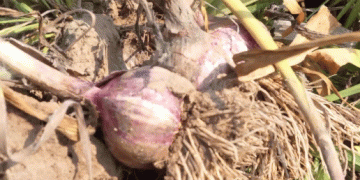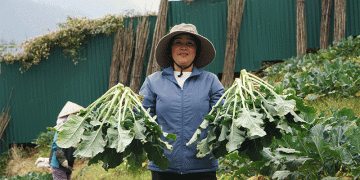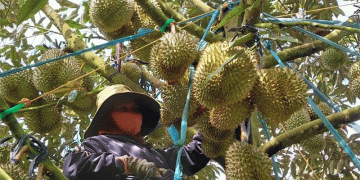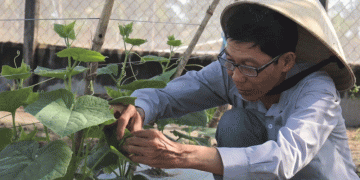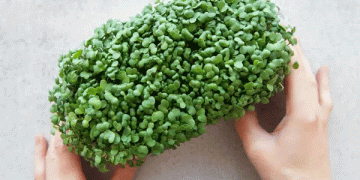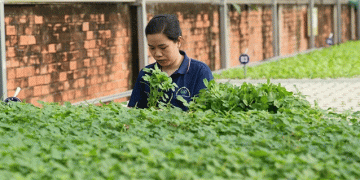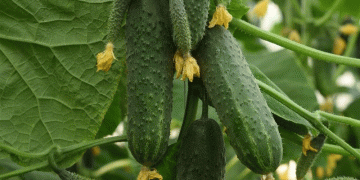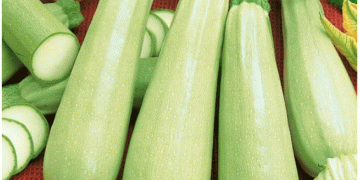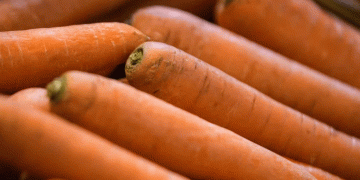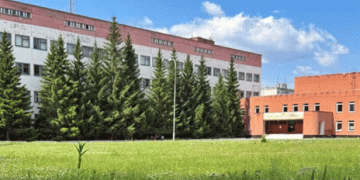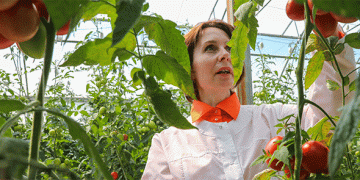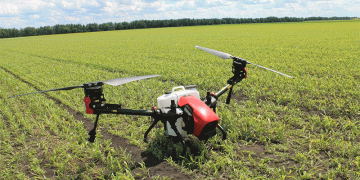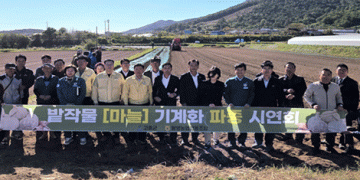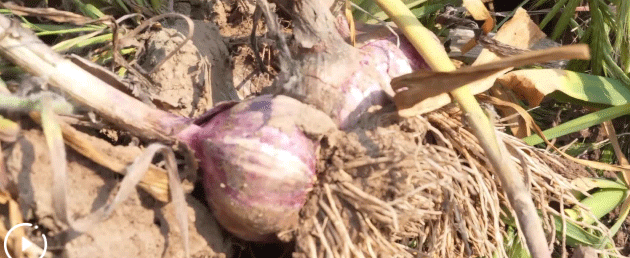The 2025 garlic harvest in China has been marked by increased acreage and favorable weather conditions, leading to a bumper crop. According to the latest Ministry of Agriculture and Rural Affairs (MARA) report, China’s garlic production is estimated at 1,592 million tons, up by 143 million tons from earlier projections19. The average yield has risen to 1.34 tons per mu, reflecting improved cultivation practices and optimal growing conditions in major garlic-producing regions like Shandong, Henan, and Jiangsu1.
In Dongguang County, Hebei, a key garlic-producing area, farmers have reported strong yields, with some achieving 3,000 kg per mu (approximately 4.5 tons per hectare)11. The county has expanded its spicy vegetable (including garlic, chili, and green onions) cultivation to 18,000 mu (1,200 hectares), generating a total output value of 220 million yuan (approx. $30.3 million)611.
Market Trends: Prices Decline Amid High Supply
With increased production, garlic prices have entered a downward trend. The national wholesale price has fallen to 9,000–10,000 yuan per ton, down from 10,000–11,000 yuan per ton in previous months1. This decline follows seasonal patterns, as new and stored garlic compete in the market.
Farmers in Dongguang’s Dengmingsi Town report that despite the price drop, profitability remains strong due to high yields. A local grower, Zhou Fushun, noted that his 80-mu (5.3-hectare) garlic farm yielded 2,000 kg per mu, translating to 5,000 yuan ($690) per mu in revenue311.
However, experts advise farmers to avoid hoarding, as further price declines are expected with the influx of new harvests. Cold storage capacity remains robust, helping stabilize prices to some extent1.
Export Growth: China Strengthens Global Garlic Trade
China remains the world’s largest garlic exporter, accounting for 75% of global trade4. In 2025, exports are projected to reach 310 million tons, up 30 million tons from earlier estimates1. Key markets include:
- Southeast Asia (38.3% of exports), with Indonesia as the top buyer (15.5% share)1.
- United States, where China faces 376.7% anti-dumping tariffs on fresh garlic but continues strong sales of dehydrated garlic1.
Export prices have risen, with the average unit value reaching $1,670 per ton, up 7.5% year-on-year1. Processed garlic products (such as pickled or preserved garlic) command even higher prices, at $3,813 per ton—nearly three times the value of fresh garlic1.
Strategic Insights for Garlic Stakeholders
The 2025 garlic season presents both opportunities and challenges. While record yields ensure strong supply, falling prices necessitate careful market timing. Farmers should consider diversifying into processed garlic products to capture higher export values. Meanwhile, agronomists and agricultural engineers can focus on improving storage techniques and disease-resistant varieties to sustain profitability in a competitive market.
For policymakers, supporting cold storage infrastructure and export promotion will be key to stabilizing prices and maximizing farmer incomes.
